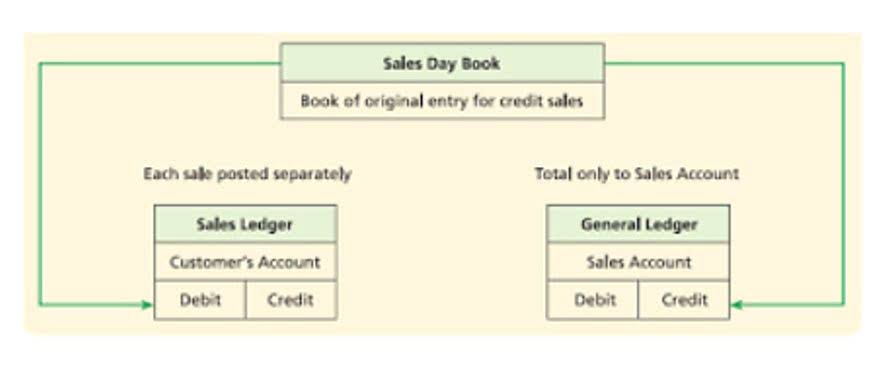
Fixed assets, which are also called property, plant and equipment, go through a few stages in their life at any enterprise. Finally, when the assets are used to their full extent, they are written off and potentially replaced with new assets. A manufacturing company tests its new production line for regulatory compliance before full-scale operations. These costs are capitalized as they are necessary to bring the asset to its intended use. Every single expense for the project, no matter how small or insignificant cip meaning accounting it may seem, should be recorded in your CIP account. This means keeping itemized receipts, invoices, and detailed records of all labor hours (just to name a few).
Allocating Costs

Construction-in-progress (CIP) accounting is the process of tracking and recording all expenses incurred during the construction or development of a project. For example, if a company is constructing a new office building, all related costs—such as architectural fees, materials, and labor—are recorded under the CIP account. Once the building https://fratellini.ma/fr/2022/11/10/equity-definitions-calculation-and-how-it-works-2/ is finished, the total cost is transferred to the “Buildings” account, where it begins to depreciate. After the construction has been completed, the relevant building, plant, or equipment account is debited with the same amount as construction in progress. After the completion of construction, the company will record depreciation on the asset.
Transition Completed Projects

Accountants do not begin tracking depreciation of construction-in-progress assets until the addition is complete and in service. As a result, the construction-work-in-progress account is an asset account that does not depreciate. For more guidance on construction accounting or professional support with your CIP accounts, contact PVM Accounting today! We specialize in construction financial management, helping businesses build a stronger financial future.

Accounting for Construction in progress – Percentage of Completion
The cost is then amortized over the asset’s useful life through depreciation expenses in subsequent accounting periods. An accountancy term, construction in progress (CIP) asset or capital work in progress entry records the cost of construction work, which is not yet completed (typically, applied to capital budget items). Normally, upon completion, a CIP item is reclassified, and the reclassified asset is capitalized and depreciated. Engaging an experienced CIP accounting team ensures meticulous record-keeping and accurate financial reporting throughout the construction journey. CIP ensures that construction expenses are separated from operational assets, providing a clearer financial picture. This clarity helps businesses avoid overstating their profits by allocating costs to the correct period.

It is an accounting term used to represent all the costs incurred in building a fixed asset. Construction in progress, or Bookkeeping vs. Accounting most commonly known as CIP, is a fixed asset account with a natural debit balance. The transition of an asset from Capital Work in Progress to a fixed asset occurs when the project reaches substantial completion and the asset is ready for its intended use. This readiness means the asset is in the condition and location necessary for its operation, even if it has not yet begun to be actively used. This point marks the end of the capitalization period for costs like interest.
- The company would record a depreciation expense of $22,500 in each accounting period over the building’s useful life.
- For example, Auto Parts Store builds an extra storage facility for its inventory.
- For instance, it can be a contract to manufacture tires for a car manufacturing company.
- However, the term ‘ construction under process’ is used when the company is making construction contracts.
- While both CIP and WIP (Work in Progress) accounting deal with ongoing projects, they serve different purposes.
- For instance, assume a partially completed warehouse no longer meets regulatory safety requirements.
Regulatory Compliance
- Accounting for construction in progress when it is for an asset to be sold is slightly more complicated.
- The other side of the transaction will impact the cash or accounts payable balance.
- Effective communication and collaboration are also paramount in a multi-project setting.
- Strong CIP management is just about tracking costs – it’s about giving your business the visibility it needs to plan with confidence.
- Construction in progress is a critical aspect of financial management in the construction industry.
- Once a construction project is finished, the costs in the CIP account move to a fixed asset account.
These can involve checking public records, verifying information through credit reporting agencies, or accessing third-party databases. Such methods are useful when documentary evidence is limited or for additional verification. When it comes to construction contracts, it’s important to understand that each asset is treated as a separate contract if specific conditions are fulfilled.
- Department of the Treasury, is a primary regulatory body responsible for overseeing and enforcing CIP compliance.
- It will depend on the nature of purchase that which company has with the suppliers.
- These costs can include materials, labor, equipment, and overhead expenses, such as insurance and taxes.
- The transition of an asset from Capital Work in Progress to a fixed asset occurs when the project reaches substantial completion and the asset is ready for its intended use.
- Misclassifying costs, such as general administrative expenses, can lead to inaccuracies.
- By tracking project costs in real-time, businesses can identify budget overruns early and adjust accordingly.
- When construction companies and contractors maintain detailed accounting records, they can accurately reflect the financial status of a project.
When construction companies and contractors maintain detailed accounting records, they can accurately reflect the financial status of a project. CIP accounting also ensures transparency with clients and helps a company make effective decisions that affect the bottom line. The presence of Construction-in-Progress (CIP) on financial statements can significantly influence a company’s financial health and performance metrics. CIP is recorded as an asset on the balance sheet, reflecting the investment in ongoing projects. This capitalization of costs can lead to a substantial increase in total assets, which in turn affects key financial ratios such as the return on assets (ROA) and the debt-to-equity ratio.
Companies use Construction in Progress (CIP) accounting to capitalize costs for assets under construction, rather than expensing them immediately. CIP is a temporary asset account that accumulates expenditures during the building phase of a long-term asset. Assets in the CIP account are not yet in service and do not undergo depreciation.
